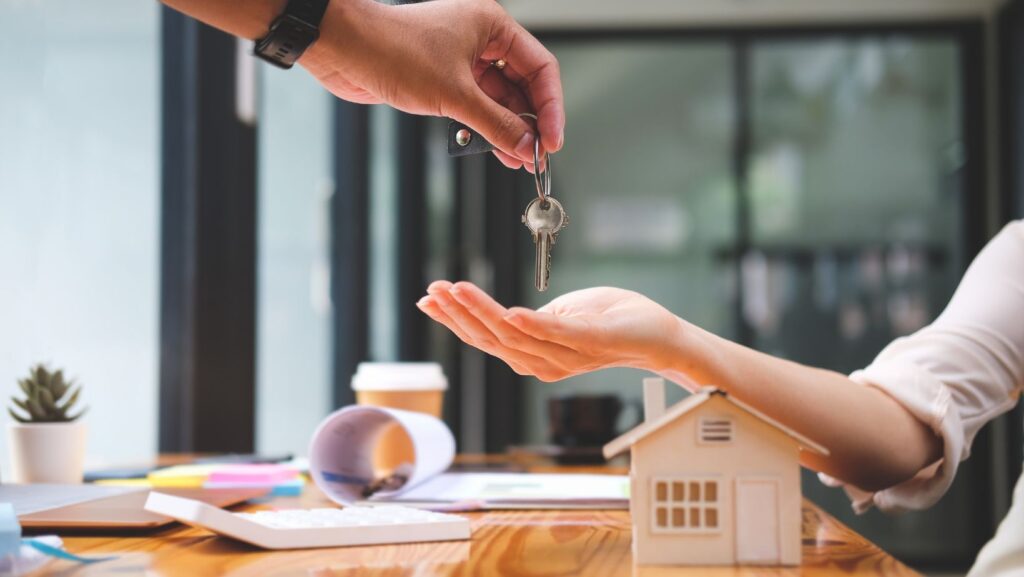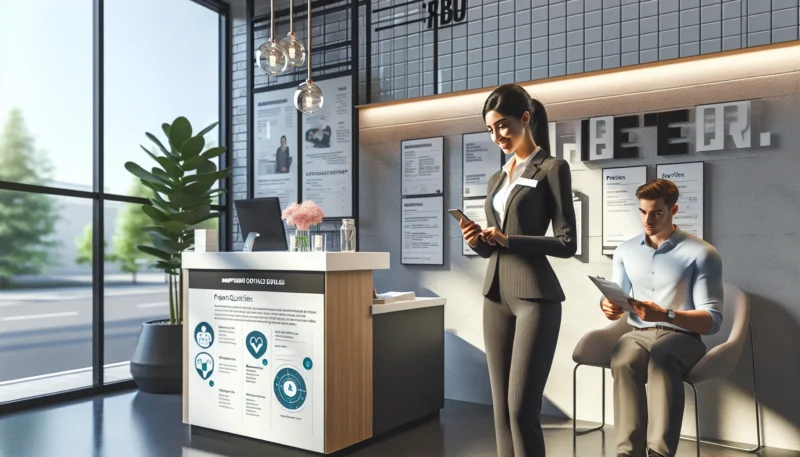
The purchase property in Indonesia is currently in a phase offering opportunities for those interested in the real estate market. The Millennial Homeownership Program is making affordable housing options more accessible, providing 1-2 bedroom units starting at $50,000 in cities such as Jakarta and Surabaya. Investors are drawn to the e-commerce sector’s expansion, which has led to a surge in demand for warehouses renting at $20-$30 per meter, presenting an attractive investment prospect. Furthermore, the government’s emphasis on development has resulted in eco-buildings with sustainable features, albeit at a premium price point. As the elderly population grows there is an increasing need for living units priced between $1,500-$2,000, per month.
How Government Programs are Making Homeownership More Accessible in Indonesia
Improving Homeownership Accessibility: How Government Schemes are Enabling Indonesians to Own HomesPrograms, like the Millennial Homeownership Program, are focusing on reaching out to individuals by offering housing choices in popular cities such as Jakarta and Surabaya. These initiatives are enabling people to buy 1-2 bedroom homes for as little as USD 50,000. Moreover, the growth of online shopping is driving the need for warehouses in areas, leading to an increase in rental rates ranging from USD 20 to 30 per square meter.
- Sustainability Features: Many of the budget housing units come with eco-friendly elements like solar panels and water-saving fixtures to encourage sustainable living practices.
- Government Support: Besides providing low-cost housing options, the government also offers subsidies and financial aid to homebuyers to lessen their expenses.
- Public-Private Collaboration: Partnerships between the government and private developers play a role in expanding affordable housing projects and speeding up construction activities in regions.
- Inclusive Infrastructure: There are efforts to enhance accessibility in these housing developments by incorporating public transportation connections and essential facilities, such as schools and healthcare services, within the neighborhood.
- Community Engagement: Efforts to encourage community participation and strengthen neighborhood bonds are nurturing a sense of belonging among residents living in these affordable housing communities, ultimately improving their quality of life.
Emerging Green Building Trends: Investing in Properties in the Real Estate Market of Indonesia
The trend, especially towards development, is gaining traction in Indonesia’s real estate sector as investors and developers pivot towards environmentally friendly properties.

With the government’s focus on growth there has been a surge in the construction of structures incorporating elements like solar panels and water conserving technologies. This shift towards building practices is not just motivated by considerations but also by the potential for financial gains. Investors can anticipate that these eco conscious properties will fetch prices potentially increasing by 5-10% compared to buildings.
The real estate landscape in Indonesia is undergoing a transformation towards properties due to the government’s emphasis on fostering sustainability. Consequently, there has been an uptick in constructing buildings outfitted with technologies such as panels and water-saving mechanisms. These sustainable properties are projected to have impacts on the environment while appealing to an expanding demographic of buyers who prioritize eco-living.
Meeting the Growing Demand for Senior Housing
The rising demand, mainly for housing options tailored to residents in cities across Indonesia, highlights a significant shift towards catering to the aging population. Predictions indicate a 20% uptick in occupancy rates by 2024, emphasizing the need for facilities that cater to seniors. To meet this increasing demand, property developers are swiftly adopting the concept of living spaces featuring studios and one-bedroom apartments. These units, located in centers, are priced between USD 1,500 and 2,000 per month, offering an option for elderly individuals seeking a community-focused living environment with essential support services easily accessible.
Key initiatives include partnerships with healthcare providers to deliver care within these senior living communities, leveraging advanced technology like smart home features and health monitoring systems to enhance seniors’ quality of life. Additionally, integrating social activities aims to boost the physical well-being of residents while incorporating sustainable design elements into senior housing projects, promoting eco-friendly and energy-efficient living spaces.
Why the Next Big Opportunity Is Investing in Warehouses Close to Transportation Hubs
In Indonesia’s real estate sector, purchasing warehouses close to transportation hubs offers a promising return on investment.

An investment in this option is especially appealing to those who want to profit from the expanding logistics industry. The growing need, mainly for warehouses strategically located near transportation hubs and major ports, presents a great opportunity for growth and investment returns. This trend is evident in the rising land prices in areas, which can reach from $1,000 to $1,500 per meter, highlighting the high value and potential profitability of such developments.
The fast growth of the logistics sector is driving a huge rise in the Indonesian warehouse business. This expansion necessitates the placement of well-equipped warehouses in close proximity to important transportation hubs. The growing need for quick distribution routes and effective supply chain management has made investors aware of the benefits of holding warehouses near important ports and transportation centers. These warehouses are essential hubs for the smooth movement of commodities across the area, and they provide easy access to important transportation networks. Indonesia is a major player in the global trade market; thus, for those wishing to profit from the nation’s booming logistics sector, purchasing warehouses close to these transportation hubs offers a profitable opportunity.
Conclusion
In summary, Indonesia’s real estate sector is experiencing changes due to shifting demographics, government regulations, and economic dynamics. From affordable housing projects to the emergence of e-commerce storage facilities and sustainable constructions, investors and homebuyers have options to explore. Keeping abreast of market shifts and adapting to emerging trends will be crucial for making real estate choices in Indonesia. For insights on Indonesia’s real estate market dynamics, you can visit https://indonesia-real.estate to stay informed about navigating this evolving landscape effectively.












